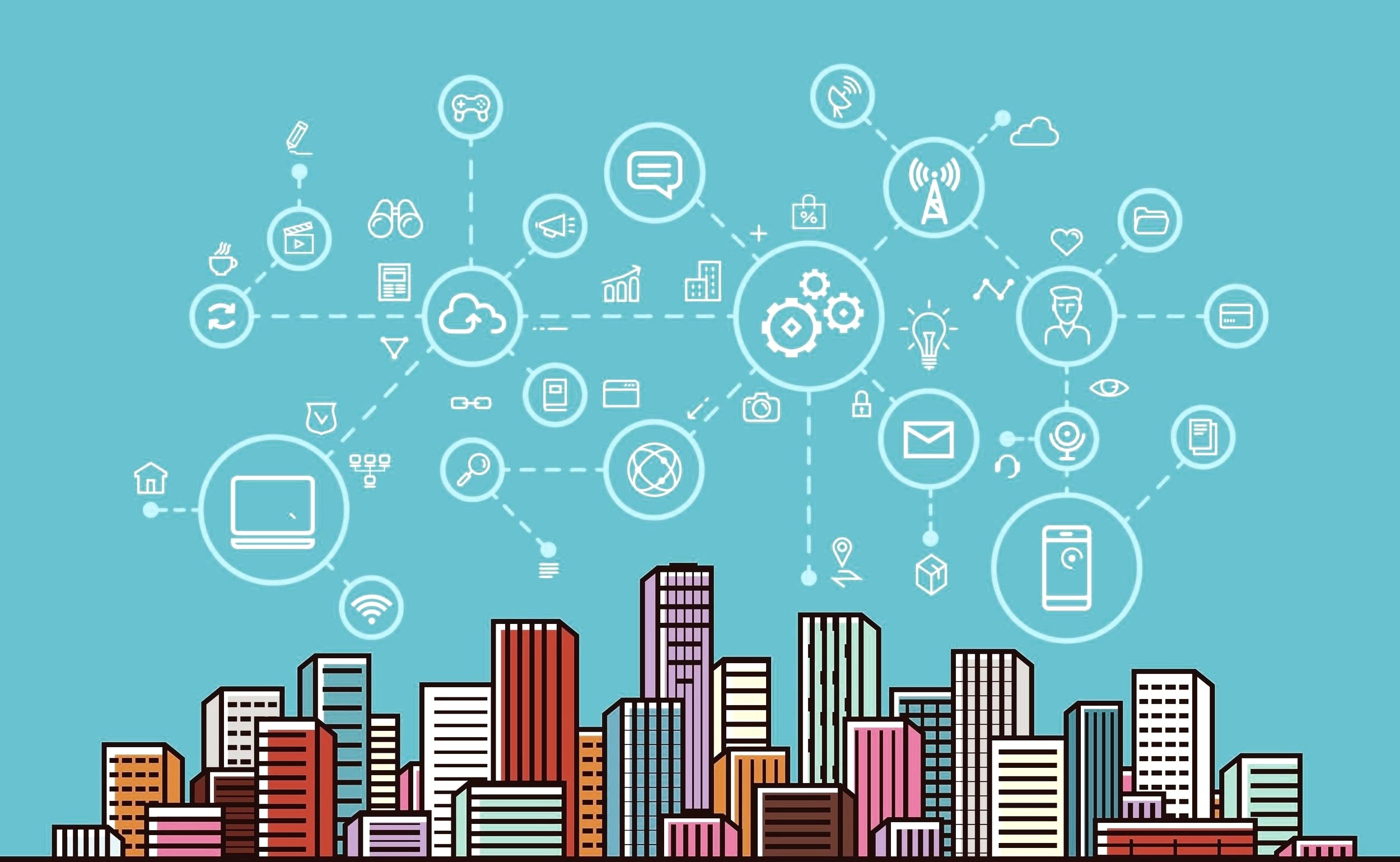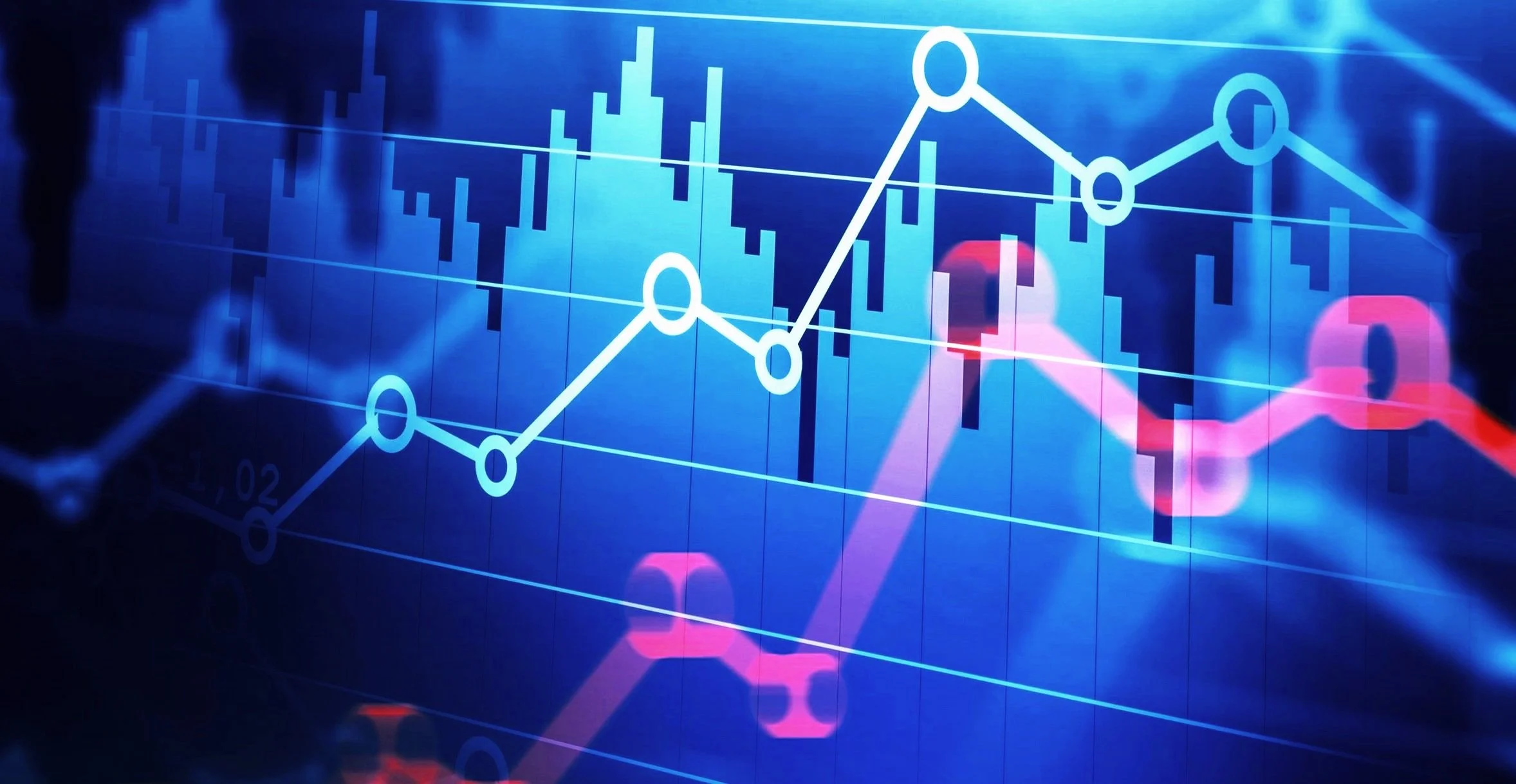Businesses today face a broader range of risks than ever before. Ongoing geopolitical crises, such as the Russia-Ukraine conflict, along with the adoption of advanced technologies like AI, have created numerous new challenges for companies seeking to operate securely and effectively.
Read MoreIn mid-2025, we are entering the early stages of a new age of digital transformation where networked technologies that combine engineering, computer algorithms, and culture are becoming impactful on a global scale. The upcoming digital revolution and technological convergence will drastically affect our patterns of living, working, and networking in the near future.
Read MoreThe information technology landscape has significantly changed in recent years in terms of corporate value creation (and performance). Wherever data is stored, the digital revolution has created new challenges but also new solutions for innovation and efficiency. Unfortunately, data has a high value to those with nefarious purposes and enhancing data protection needs to become a priority for every business and organization.
Read MorePresident Donald Trump’s administration will assume a cybersecurity portfolio that has continued to evolve toward combating digital threats since the Cybersecurity and Infrastructure Protection Agency (CISA) was created 6 years ago out of the Department of Homeland Security (DHS). CISA’s mission is a formidable one. The list of hostile threat players in cyberspace is quite extensive. Nation-states, organized criminals, terrorists, and hacktivists are all included.
Read MoreThere is no doubt that 2023 was a tough year for cyber security. The amount of data breaches keeps rising from previous years, which was already very scary. An exponential rise in the complexity and intensity of cyberattacks like social engineering, ransomware, and DDOS attacks was also seen. This was mostly made possible by hackers using AI tools.
Read MoreWhether it be through our PCs or the smart devices we carry around, computing controls almost everything we do in the modern world. Futurists view computational power and related capacities as key indicators of technological advancement. The computational explosion of data will have a direct impact on the fundamental pillars of society, such as healthcare, security, communications, transportation, and energy.
Read MoreCyberattacks are becoming more common in the digital ecosystems we utilize for both personal and professional reasons. In the past year alone, hundreds of millions of private records from banks, ISPs, and retail establishments have been made available to the public.
Read MoreEvery new year creates a new opportunity for optimism and predictions. In the past couple of years, emerging technology has permeated almost all areas of our lives. There is much to explore! In this article, I focus on three evolving technology areas that are already impacting our future but are only at the early stages of true potential: artificial intelligence, quantum computing, and space systems.
Read MoreOur evolving digital world is getting trickier and trickier to protect. Every organization is now a target in the present digital environment, and every firm, big or little, has operations, a brand, a reputation, and revenue funnels that could be at significant danger from a breach.
Read MoreThe topic of artificial intelligence's rising involvement in our digital world and its associated opportunities and challenges have been the main topics of discussion at many security conferences and events in recent times. There is little doubt that humankind is on the verge of an era of exponential technological advancement, and AI is leading the way in the emerging digital world.
Read MoreIn 2021, Booz Allen Hamilton analysts surmised that China will surpass Europe and the US in quantum-related research and development and that Chinese hackers could soon target heavily encrypted datasets such as weapon designs or details of undercover intelligence officers with a view to unlocking them at a later date when quantum computing makes decryption possible.
Read MoreMore Treachery And Risk Ahead As Attack Surface And Hacker Capabilities Grow
Every year I peruse emerging statistics and trends in cybersecurity and provide some perspective and analysis on the potential implications for industry and government from the data. While cybersecurity capabilities and awareness seem to be improving, unfortunately the threat and sophistication of cyber-attacks are matching that progress.
Read MoreProtecting critical infrastructure, and especially the U.S. Energy Grid is certainly a topic that keeps the U.S. Department of Homeland Security (DHS), The U.S. Department of Energy (DOE), The U.S. Department of Defense (DOD), and U.S. intelligence community planners up at night. The threats can be from cybersecurity attacks (by countries, criminal gangs, or hacktivists), from physical attacks by terrorists (domestic or foreign) and vandals on utilities or power plants, or from an Electronic Magnetic Pulse (EMP) generated from a geomagnetic solar flare, or from a terrorist short range missile exploded in the atmosphere.
Read MoreWe are living amid a technological revolution that is transforming the globe. Changes are visible in all aspects of our lives from transportation, health, and communications. As the adage states, yesterday’s science fiction is today’s science. We are now expanding our capabilities in every area of science, chemistry, biology, physics, and engineering. That includes heightened spae exploration, as well as building smart cities, new manufacturing hubs, and developing artificial intelligence and quantum technologies.
Read MoreBy 2032, it will be logical to assume that the world will be amid a digital and physical transformation beyond our expectations. It is no exaggeration to say we are on the cusp of scientific and technological advancements that will change how we live and interact.
What should we expect in the coming decade as we begin 2022? While there are many potential paradigms changing technological influences that will impact the future, let us explore three specific categories of future transformation: cognitive computing, health and medicine, and autonomous everything.
Read MoreAccording to CISA, “the working group will serve as an important mechanism to improve the security and resilience of commercial space systems. It will identify and offer solutions to areas that need improvement in both the government and private sectors and will develop recommendations to effectively manage risk to space based assets and critical functions.” See CISA Launches a Space Systems Critical Infrastructure Working Group | CISA
Read MoreAs we continue to move forward in the Industry 4.0 era of greater connectivity between the physical and digital, the promise and development of smart cities become a more likely vision. While the term may have differing definitions, the term “smart city” usually connotes creating a public/private infrastructure to orchestrate the integration of transportation, energy, water resources, waste collections, smart-building technologies, and security technologies and services in a central location.
Read MoreA couple of times per year, I take a deep dive on writing about the newly reported cybersecurity statistics and trends that are impacting the digital landscape. Unfortunately, despite global efforts, every subsequent year the numbers get worse and show that we are far from being able to mitigate and contain the numerous cyber-threats targeting both industry and government.
Read MoreLast year I wrote two FORBES articles* that highlighted some of the more significant cyber statistics associated with our expanding digital ecosystem. In retrospect, 2021 was a very trying year for cybersecurity in so many areas. There were high profile breaches such as Solar Winds, Colonial Pipeline and dozens of others that had major economic and security related impact. Ransomware came on with a vengeance targeting many small and medium businesses. Perhaps most worrisome was how critical infrastructure and supply chain security weaknesses were targeted and exploited by adversaries at higher rates than in the past.
Read MoreIn the U.S., most of the critical infrastructure, including defense, oil and gas, electric power grids, health care, utilities, communications, transportation, education, banking and finance, is owned by the private sector (about 85 percent according to DHS) and regulated by the public sector. The public and private relationship in operating and protecting critical infrastructure requires a strong working partnership.
Protecting the critical infrastructure poses a difficult challenge because democratic societies by their nature are interactive, open and accessible. Because of the growing digital connectivity (and interdependence) of both IT and industrial control systems, critical infrastructure is facing an evolving and sophisticated array of cybersecurity challenges.
Read More


















